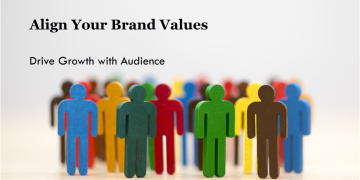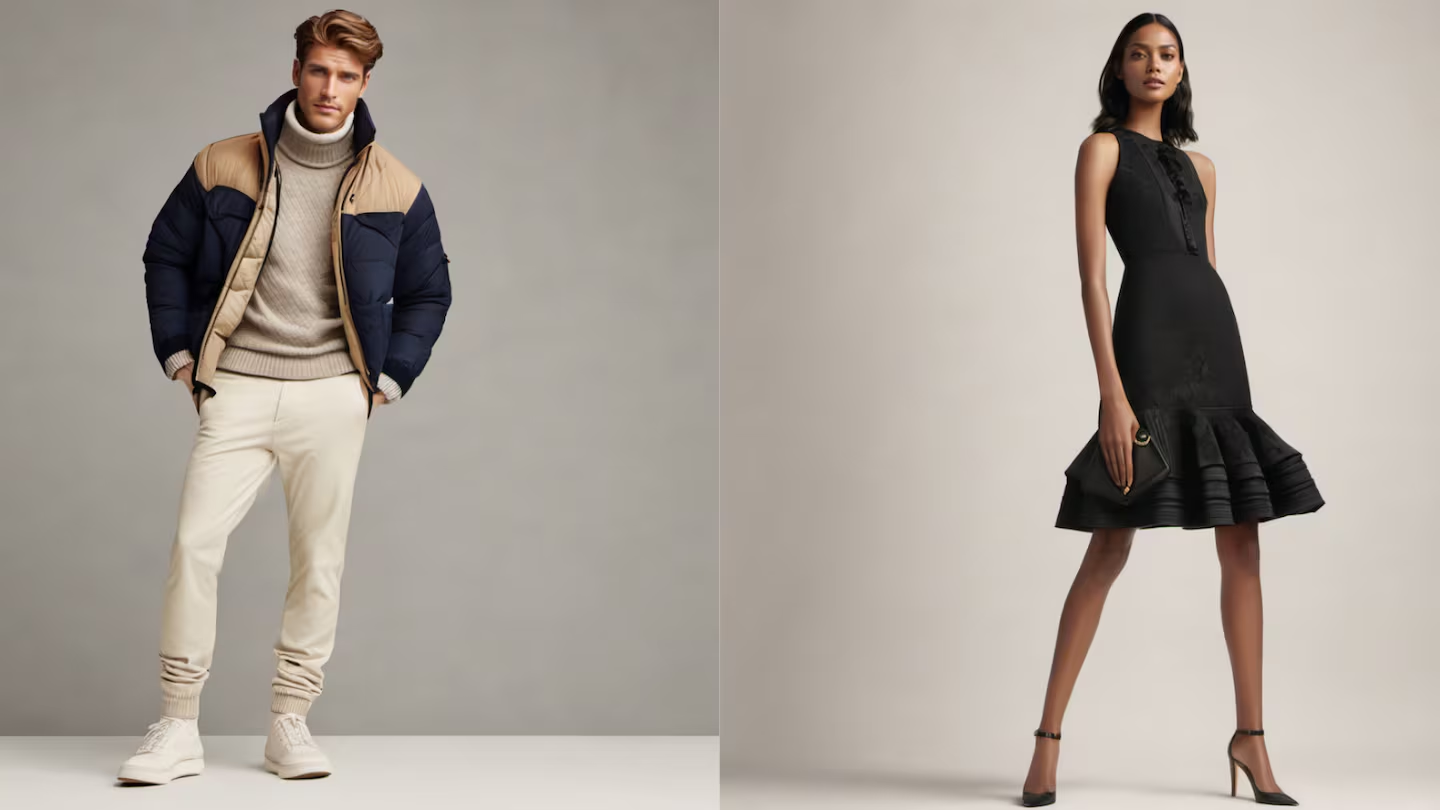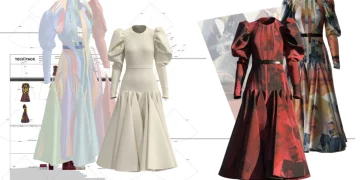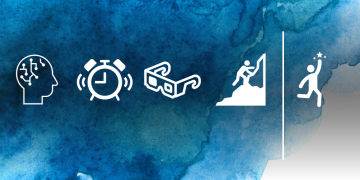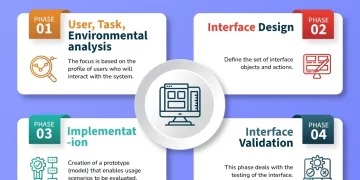In today’s fast-paced, innovation-driven marketplace, a brand’s ability to stand out is often determined by its design elements. Whether it’s a product, a website, or a service, design is no longer just about aesthetics. Designer features have become integral to gaining and sustaining a competitive edge. Companies that prioritize design not only differentiate themselves in a crowded market but also create more engaging, intuitive, and user-friendly experiences that build customer loyalty and boost brand recognition.
The Intersection of Design and Business Success
When businesses think of gaining a competitive advantage, they typically consider factors like price, quality, and customer service. However, design—especially designer features—has emerged as one of the most important differentiators. From product packaging to website interfaces, well-designed elements have the power to influence consumer decisions, enhance user experience, and ultimately contribute to increased sales and market share.
Design is more than just a cosmetic touch. It’s about creating experiences that resonate with customers on an emotional level. This deeper connection can drive customer loyalty, shape perceptions, and even set the stage for word-of-mouth marketing. In a world where brands are expected to do more than simply sell products, integrating designer features in meaningful ways can set a business apart and ensure its long-term success.
1. The Power of Aesthetic Appeal: First Impressions Matter
The phrase “don’t judge a book by its cover” might hold true in some cases, but when it comes to products, services, or websites, first impressions often rely heavily on design. The aesthetics of a product or service are typically the first things consumers interact with, whether it’s through a product’s packaging, an app’s interface, or a brand’s website.
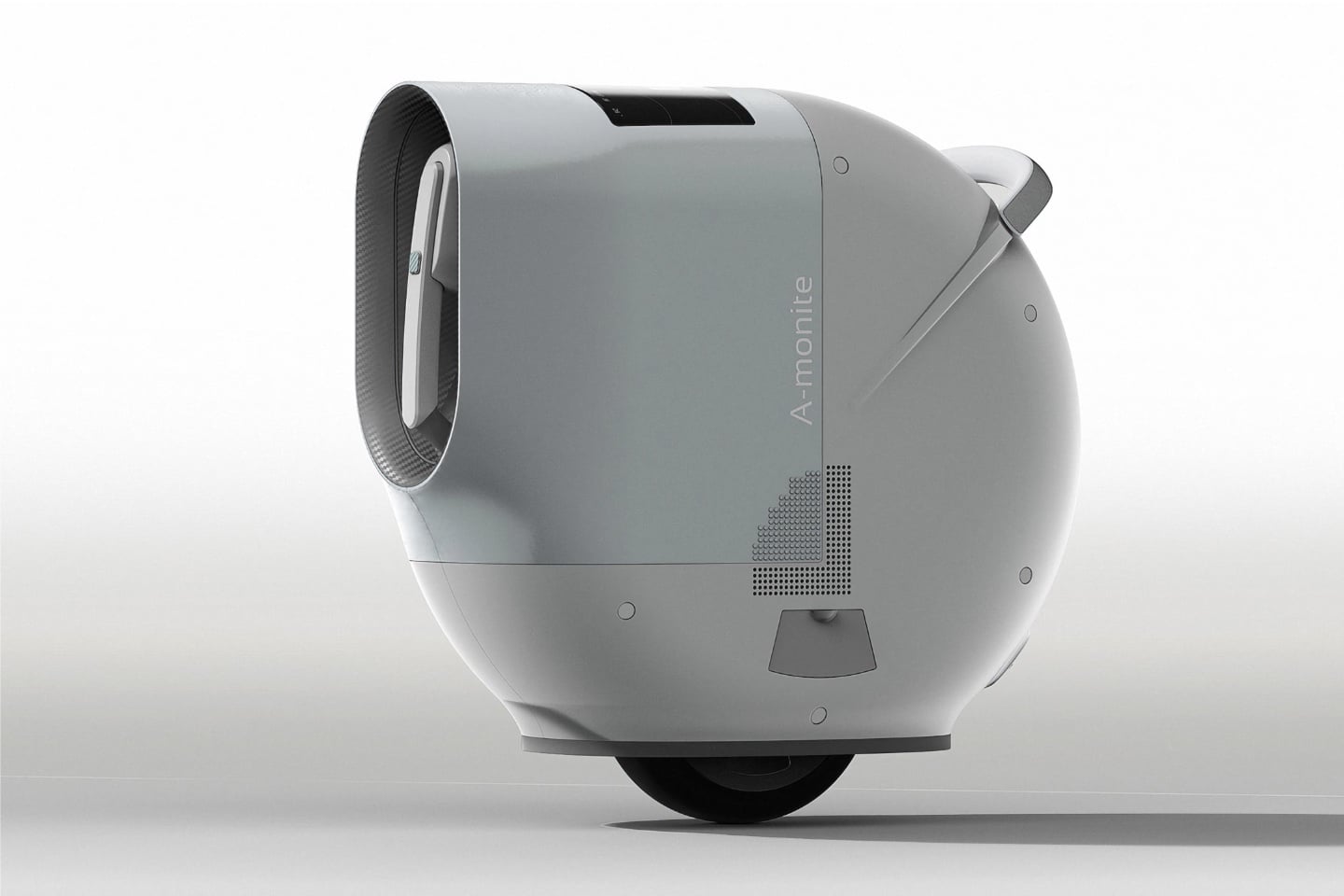
- Visual Appeal: Aesthetically pleasing designs instantly grab attention. Whether it’s through a unique logo, color scheme, typography, or layout, visually attractive elements evoke curiosity and interest. This initial appeal is what sparks the desire to explore further.
- Emotional Connection: Well-designed features do more than just look good—they create an emotional connection. Colors, shapes, and even textures trigger emotional responses. For example, bright colors like red or yellow can evoke excitement and energy, while blue tones are associated with trust and calm. In this way, designer features are integral in shaping how customers perceive a brand and its products.
By paying attention to aesthetics, companies can create a positive first impression, which is crucial in gaining consumer trust and standing out in a competitive marketplace.
2. User Experience (UX): The Role of Functionality in Competitive Advantage
In today’s digital world, the user experience (UX) is a critical component of a brand’s design. Poorly designed features can frustrate customers, causing them to abandon a product or service. In contrast, a smooth, intuitive UX not only enhances customer satisfaction but also fosters brand loyalty.
- Ease of Navigation: A well-designed interface ensures that users can easily find what they’re looking for. Whether it’s an e-commerce site or a mobile app, clarity in design leads to ease of navigation. When users don’t have to struggle to locate the information or products they need, they’re more likely to stay engaged, ultimately leading to higher conversion rates.
- Consistency: Consistent design elements across different touchpoints (website, app, email marketing, etc.) help build a cohesive brand identity. Familiarity with a brand’s design language also makes users feel comfortable, leading to better user retention. Companies that fail to maintain consistency risk alienating potential customers and creating confusion about their brand.
- Optimized for All Devices: A website or application that looks and functions well across all devices is more likely to retain users. Whether on a smartphone, tablet, or desktop, having responsive design is essential. The adaptability of a platform not only enhances the user experience but also signals a company’s commitment to quality.
By focusing on UX design, companies can give their customers an experience that’s enjoyable and hassle-free. This attention to detail can be the deciding factor between a one-time visitor and a loyal customer.
3. Innovation and Differentiation: Creating Unique Value
To gain a competitive advantage, brands need to stand out, and innovative design features can help achieve this. Creativity and innovation in design create a sense of uniqueness and value that competitors may struggle to replicate. Designer features can make a product or service feel fresh and different, allowing businesses to carve out a niche in crowded markets.
- Custom Features: Whether it’s a unique functionality in a mobile app, a standout feature in a car, or even an unexpected interactive website element, designer features that offer something new and different make a significant impact on how consumers perceive a product’s value. For example, Apple has successfully used design innovation to distinguish itself from competitors, with its sleek, minimalist product aesthetics, simple interfaces, and intuitive user experiences.
- User-Centric Design: Innovation doesn’t always have to be about radically new features. Often, it’s about understanding users’ pain points and designing solutions that meet their needs. A well-thought-out design can make life easier for users, whether by saving time, improving efficiency, or adding convenience. Think of features like smart home assistants or voice-activated controls—these design innovations have transformed the way we interact with technology.
By integrating designer features that prioritize innovation, businesses can not only meet customer expectations but also set new standards in their industry.
4. Building Brand Loyalty Through Emotional Design
Designers aren’t just creating products or websites; they are shaping experiences. Designer features have a profound effect on how customers feel about a brand. An emotionally compelling design can turn a simple product into something customers feel attached to. When people have an emotional connection with a brand, they are more likely to return, recommend, and advocate for it.
- Brand Identity and Recognition: Consistent and unique designer features contribute to building a brand’s identity. Recognizable design elements—whether it’s color schemes, logos, or even specific visual styles—help create a distinctive brand image. Over time, these features become synonymous with the brand, increasing brand recall and loyalty.
- Emotional Engagement: Thoughtfully crafted design can evoke strong emotional responses. For instance, a website with vibrant colors, engaging visuals, and a friendly tone of voice can make customers feel more connected to the brand. Apple’s advertising campaigns, which focus heavily on emotions, show how design can influence how people relate to a product on a deeper level.
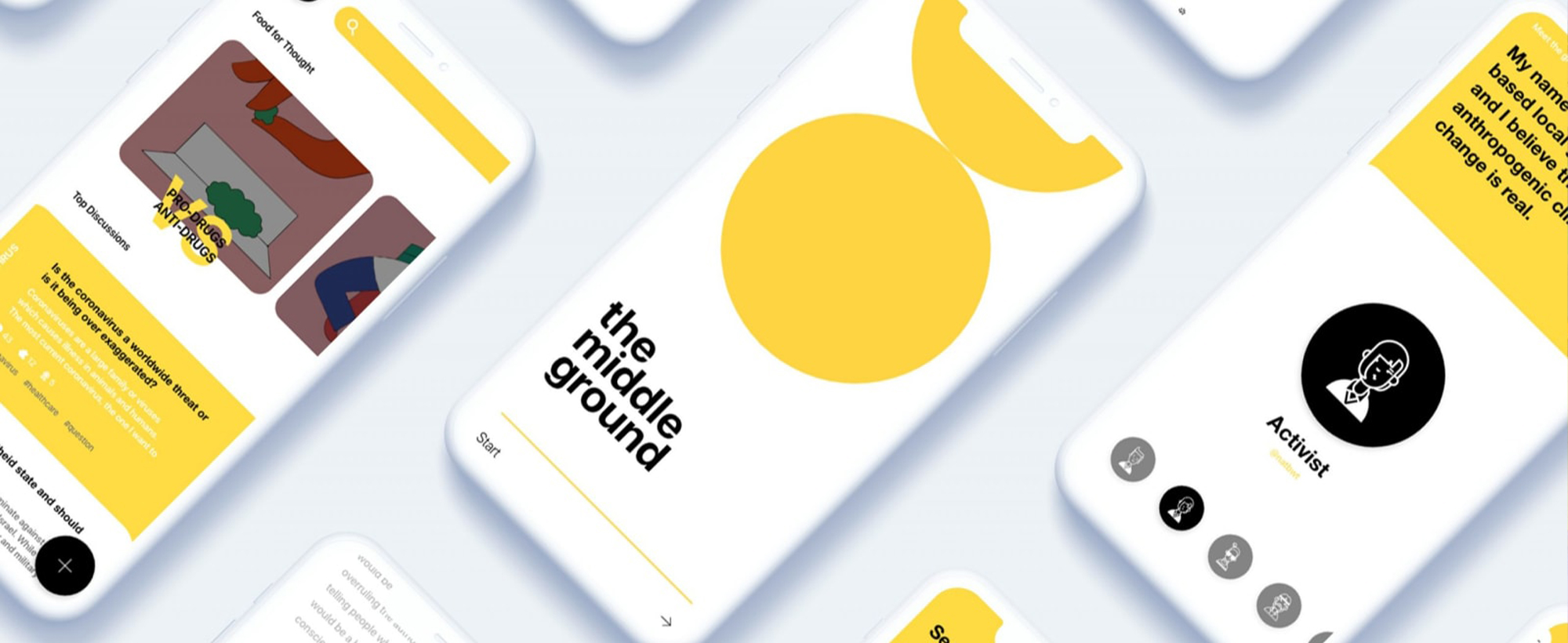
By investing in emotional design, businesses can build stronger, more personal connections with their customers, creating long-term loyalty and advocacy.
5. Speed and Efficiency: Leveraging Design for Faster Market Penetration
In addition to driving emotional connections and innovation, designer features can accelerate the time it takes for a product or service to gain traction in the market. A well-designed product that is easy to use and understand can reduce the learning curve, leading to faster adoption by users.
- Streamlining Communication: Design features can simplify complex ideas or tasks. A user-friendly interface that presents information clearly and concisely is a valuable tool for educating users and promoting engagement.
- Faster Decision Making: When customers can easily identify the benefits of a product or service through intuitive design, they are more likely to make purchasing decisions quickly. Businesses that make it easy for customers to understand and use their offerings can reduce friction in the buying process.
Designers have the power to create features that accelerate market penetration by providing clarity and simplifying user decisions.
6. The Role of Technology in Designer Features
Advancements in technology have opened up new opportunities for incorporating cutting-edge designer features that enhance the user experience and offer even greater competitive advantages. Technologies like augmented reality (AR), virtual reality (VR), and artificial intelligence (AI) allow designers to craft experiences that were once impossible.
- Augmented Reality (AR): Brands in the fashion and furniture industries, for instance, use AR to allow customers to visualize products in their environment before making a purchase. This interactive feature enhances the shopping experience and increases customer confidence in their purchasing decisions.
- Artificial Intelligence (AI): AI-powered design features like personalized product recommendations and chatbots can enhance user interactions. When integrated properly, these AI features can provide tailored experiences that feel more intuitive and relevant to individual users.
By embracing emerging technologies, businesses can set themselves apart from competitors by offering innovative, future-forward experiences.
Conclusion: The Value of Designer Features in Today’s Competitive Landscape
In an increasingly competitive business environment, gaining and maintaining a competitive advantage requires more than just offering a good product or service. Designer features—whether they are aesthetic elements, user experience improvements, or innovative functionalities—have become essential in shaping a brand’s identity, attracting and retaining customers, and ensuring long-term success.
By focusing on both form and function, businesses can create experiences that resonate with customers on multiple levels. As technology continues to evolve, the opportunities for integrating new designer features will only expand, offering brands new ways to stand out in the market.
Ultimately, designer features are no longer optional; they are a vital component of any strategy aimed at gaining a competitive edge in today’s fast-moving world.








